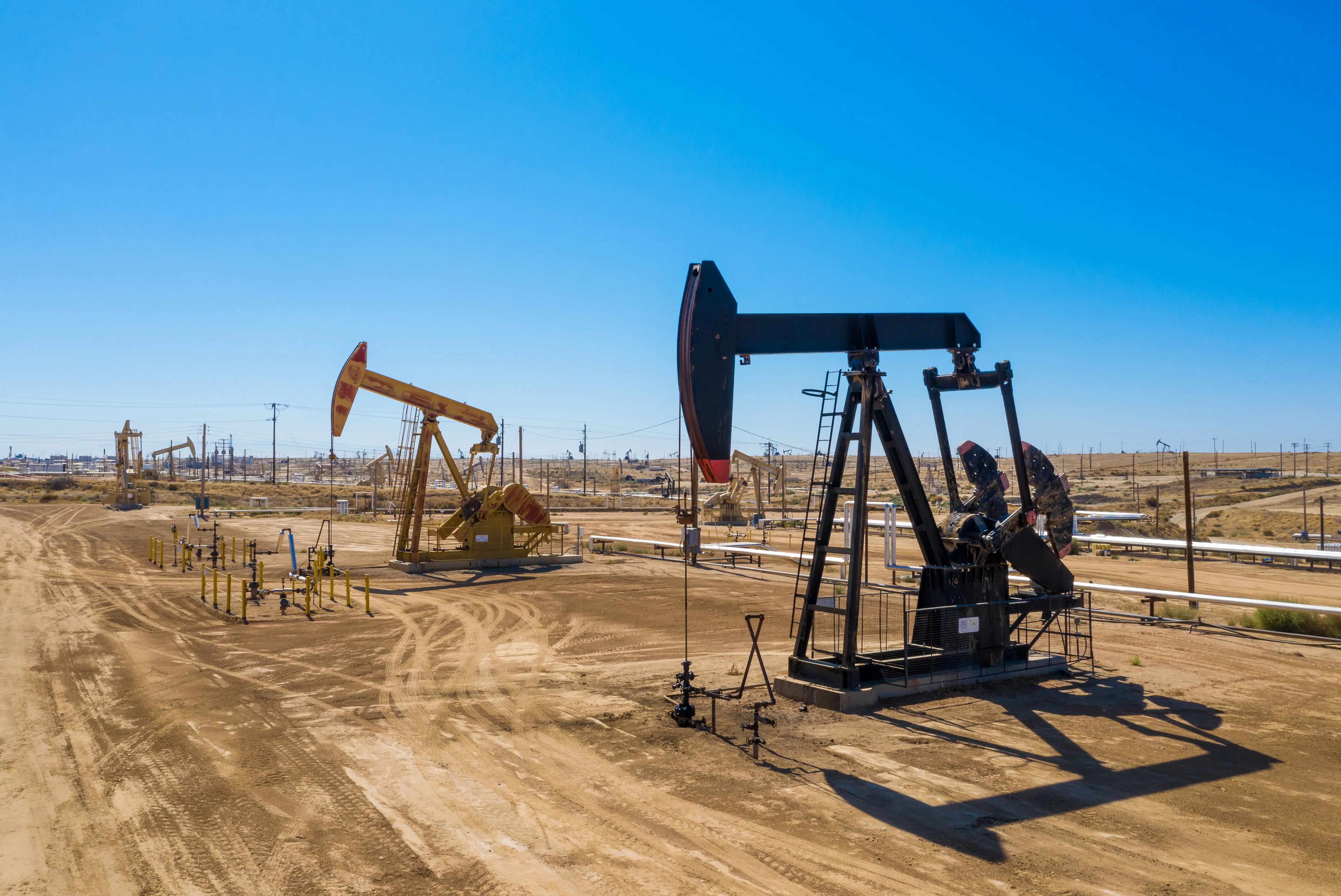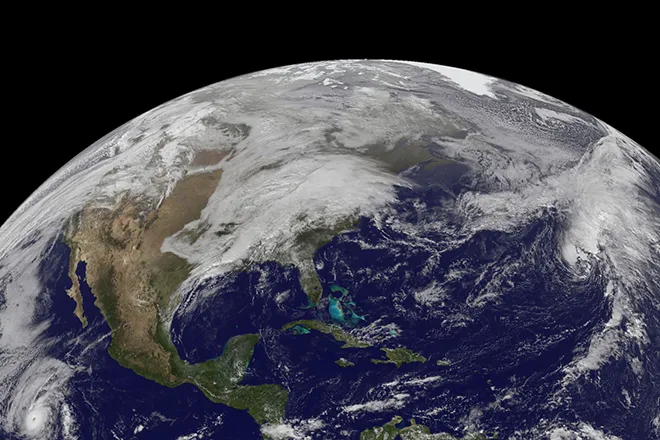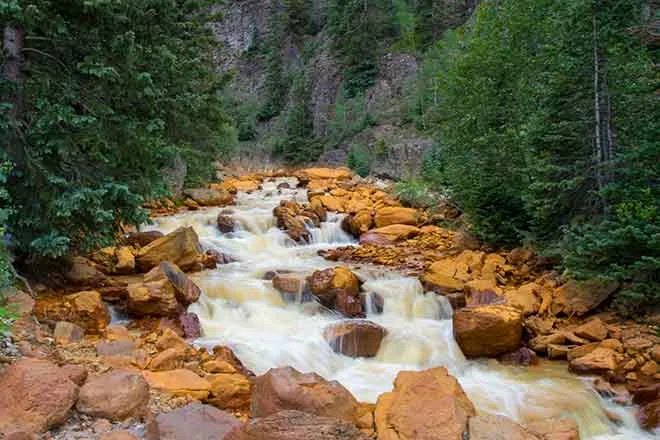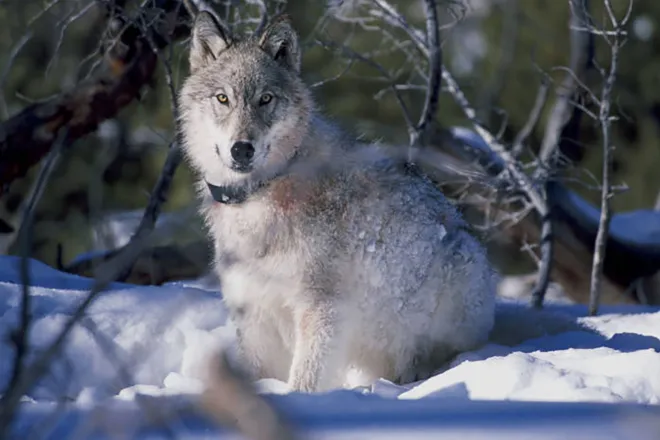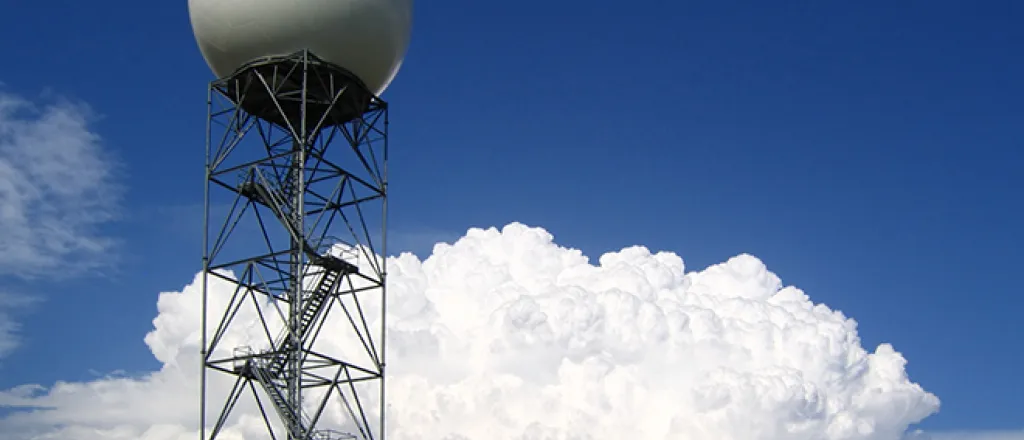
Western monsoon to bring beneficial rain, flooding risk
After rounds of rain led to major, destructive flooding in Yellowstone National Park last week, AccuWeather forecasters say a surge of tropical moisture will bring more rain chances to much of the Intermountain West. While much of the region will find this rain beneficial, some may find that too much of a good thing can lead to serious impacts.
The surge of moisture that will continue to impact portions of the West early this week is known as the North American monsoon. Moisture from the monsoon is what typically ushers in much-needed rainfall across the Western states in the summer months.
Monsoonal storms first erupted across a large swath of the West late last week and triggered flooding concerns across several states.
On Sunday, thunderstorms brought hail to portions of the Southwest including New Mexico and Colorado. In New Mexico, areas west of albuquerque reported hail as large as quarters in some spots.
By Monday, the extent of monsoon-driven thunderstorms will be trimmed down a bit compared to Sunday, but the level of risk for areas caught under these storms will not diminish.
"Through the early week, a majority of the monsoonal moisture in the West will be confined to the Four Corners region," AccuWeather Meteorologist Mary Gilbert said. "Thunderstorms are forecast to fire up across a large swath of New Mexico, as well as portions of Arizona and Colorado through Tuesday."
Similar to the storms that erupted over portions of the West over the weekend, any early-week storms will be capable of producing flash flooding.Even in areas where rain does not fall, other dangers lurk as dry thunderstorms are possible. Dry thunderstorms are storms in which no precipitation reaches the ground, but lightning strikes still occur. Lightning strikes, when combined with tinder-dry ground, can quickly ignite wildfires.
Across most of the Rockies and Southwest, any rain will be highly beneficial. Drought conditions are in place across almost the entire region, according to the U.S. Drought Monitor, with many locations in severe or exceptional drought, the two highest risk categories.
New Mexico is experiencing some of the driest conditions, with over half of the state in exceptional drought. Farther to the north, over 80 percent of Utah is in at least severe drought, while 98 percent of Colorado is experiencing abnormally dry conditions of some kind. While this weekend's rain may be able to put a dent in the drought, it will take much more to completely end the dry stretch.
While any rain is needed, too much of a good thing can turn into quite the opposite. Even if bursts of heavy rain last for a short period of time, the ground will not be able to soak in the water as fast as it falls. As excess water flows downhill in the mountainous terrain, waters can quickly rise in the nearby streams and rivers, leading to a flash flooding threat.
"The flood risk will be most elevated and dangerous when terrain is involved. Rainwater from a large area can rapidly flow downhill into a narrow valley or river and cause water levels to surge, even if little rain fell there," LeSeney explained.
Locations burned by recent wildfires can be especially prone to flooding. With no trees or shrubs to hold in excess water, it will take less rain to cause flooding problems in those areas.
This will especially be the case for portions of the Northwestern states into Tuesday. While not technically completely driven by monsoon moisture, rounds of locally heavy rain and thunderstorms will target a large swath of Montana and Idaho, as well as portions of Canada’s British Columbia and Alberta provinces.
"Wet weather in the far northwestern U.S. and portions of southern Canada into the early week will be the result of a potent disturbance in the upper levels of the atmosphere," Gilbert said.
Storms of this nature roared to life on Saturday and were responsible for a 77-mph wind gust near Power, Montana.
To end the past week, locations in the Southwest bore the brunt of the impacts from monsoonal thunderstorms. Friday night, places such as Tucson, Arizona, and Albuquerque, New Mexico, where a swath of rain brought wet conditions overnight.
Toward midweek, while the northward extent of the moisture will remain limited, shower and storm chances will remain elevated across the Desert Southwest.




